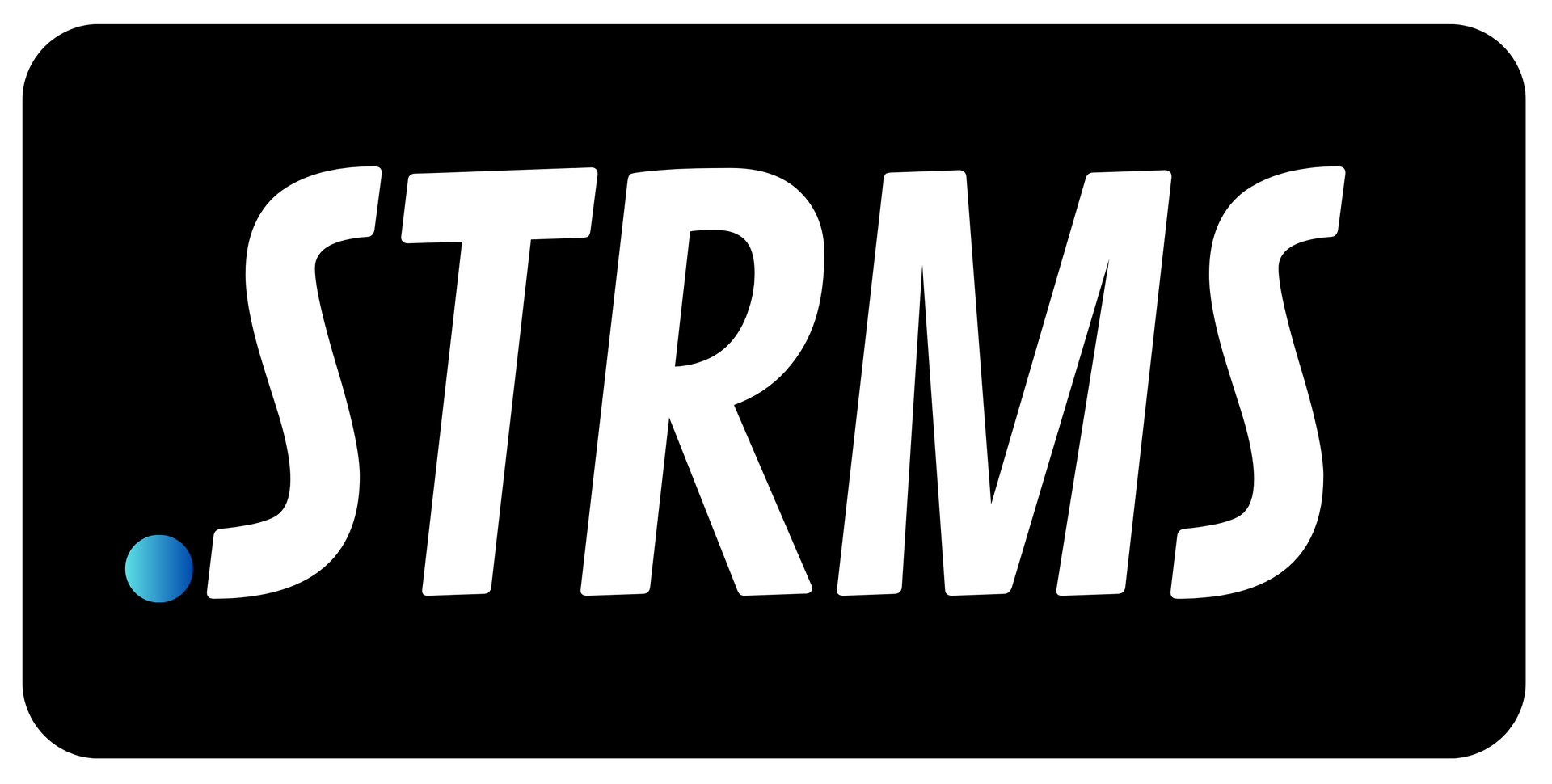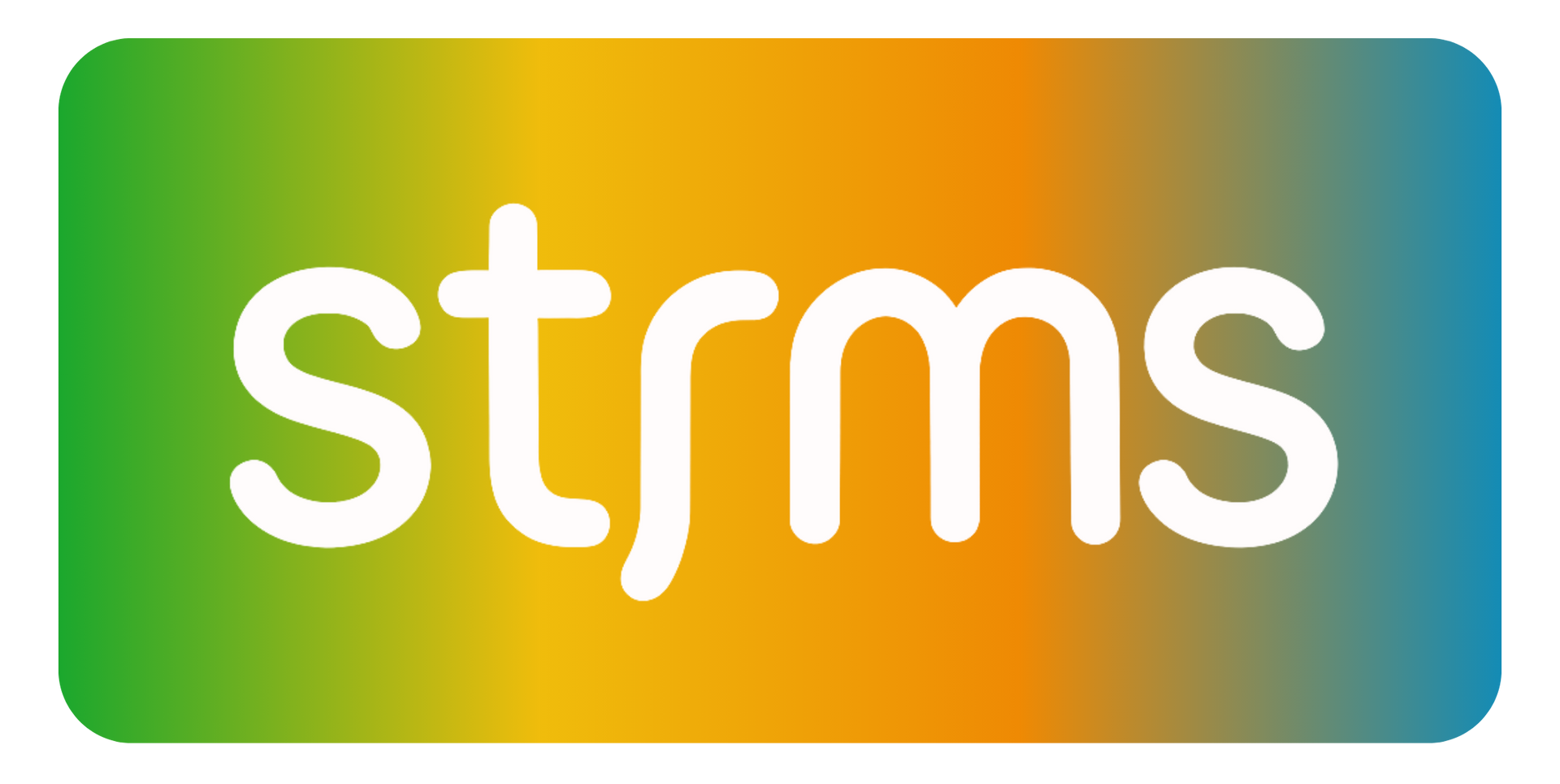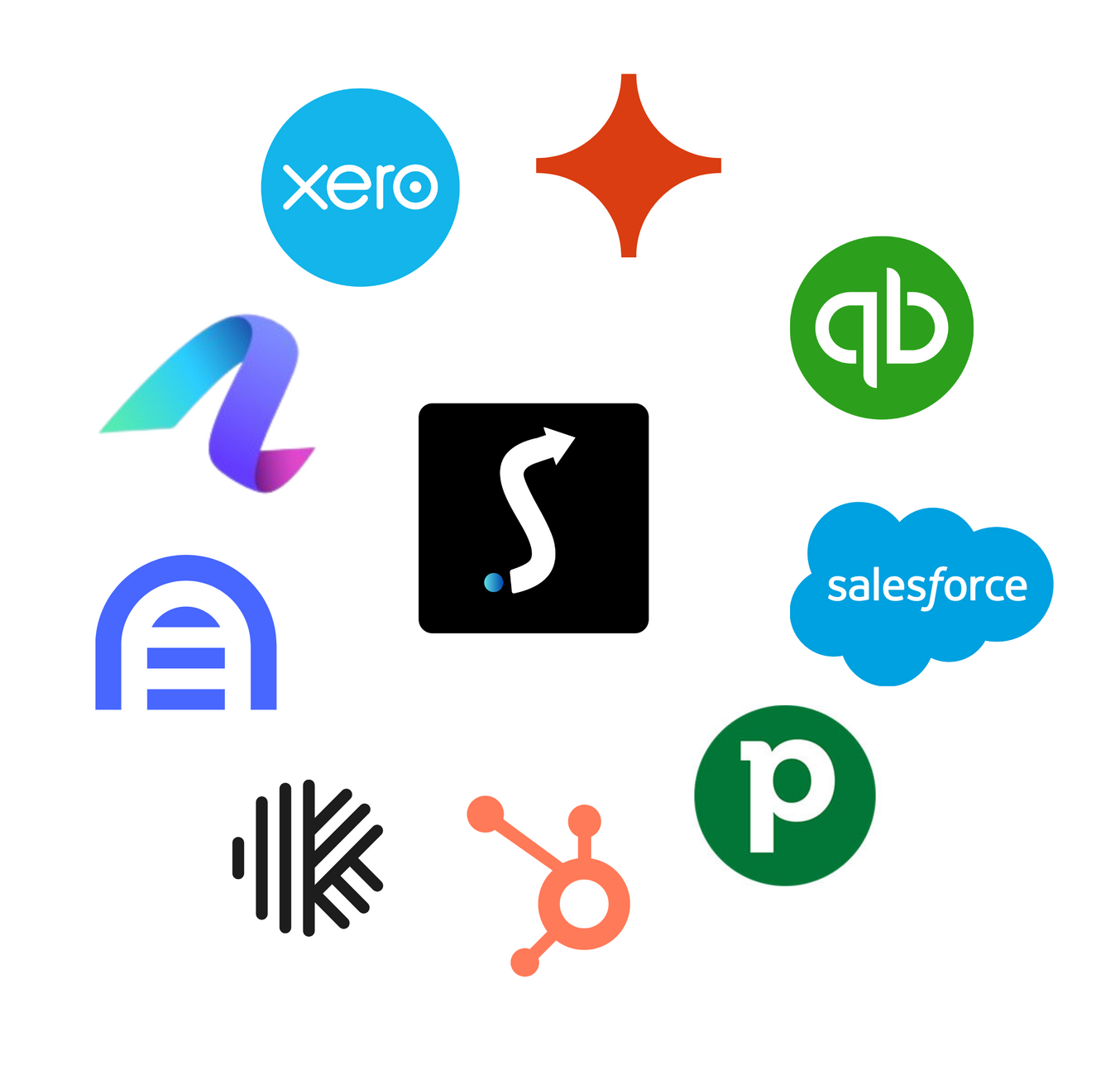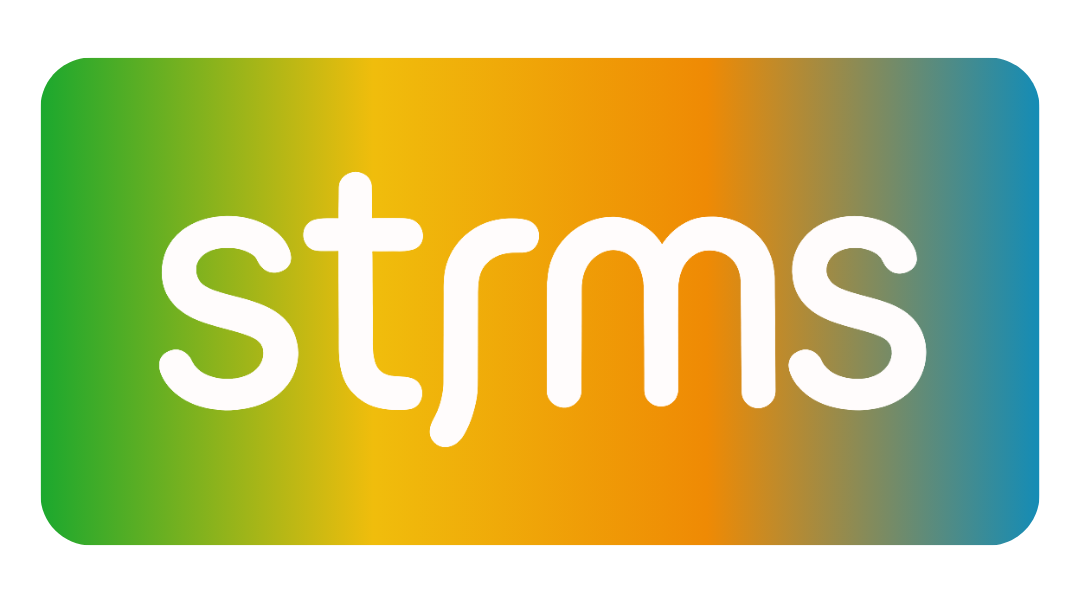The Best Revenue Model for AI Automations: Renting vs. Owning
When we first launched STRMS, an automations-as-a-service, our thinking was simple: most small advisory and accounting firms, especially those under $1.5 M in revenue, would struggle to justify the upfront investment to build automations from scratch.
By 2024, after nearly two years building automations for GrowthLab, we’d learned two big truths:
- Automations are not “set and forget.” APIs change, systems update, and business needs evolve.
- Maintenance is part of the product. Just as you budget for cloud software or monthly accounting services, you need to budget for keeping automations functional and up-to-date.
Our solution was a monthly subscription model that bundled:
- Development costs
- Maintenance costs
- Infrastructure costs (fixed + variable)
That way, firms could get high-quality automations without worrying about technical upkeep, or going back to the billable-hour trap just to cover changes.
What We Learned in 2024
The theory made sense, but the market told us something different.
Over the past year, we discovered that:
- Smaller firms weren’t ready to adopt automation at scale due to their operational preparedness and the cost of scaling automation workflows.
- Many
disliked monthly fees, even if it meant they didn’t have to worry about updates.
- But on the other hand, the high upfront development costs for a “purchase model” were also hard to swallow.
In short: both pricing models had friction.
Shifting to AI-Centric Services in 2025
In 2025, we began re-imagining STRMS around two realities:
- AI-automation first. Automations aren’t just rules and triggers anymore; they involve AI agents, orchestration layers, and change-management support.
- Segmented revenue models based on customer type.
For small firms, the subscription model is still the best fit. For larger businesses, mainly operating companies with lean teams, we’re finding more success with upfront development fees, sometimes paired with a smaller maintenance retainer.
Why Subscription Still Works for Smaller Firms
Small advisory and accounting firms typically:
- Don’t have in-house AI automation engineers.
- Can’t dedicate staff to monitor and maintain bots.
- Benefit from “all-in” pricing that includes development, hosting, and ongoing updates.
- Looking to exit in the next 3-5 years, whereby the previous DIY firm owner is looking to remove themself to create a sustainable and autonomous firm.
A monthly subscription means:
- Predictable costs instead of lumpy CapEx.
- Access to
STRMS’ infrastructure (which costs us about $300,000/year to run).
- Peace of mind knowing that if an API changes or a business rule needs tweaking, it’s covered.
This is why we think of it like
renting a house: you don’t have to fix the roof, replace the furnace, or manage the landscaping, you just focus on living in it.
Why Some Businesses Prefer to “Own” Their Automations
Larger operating companies and advisory firms often see things differently. They may:
- Already have internal IT or process-improvement teams.
- Want the automation logic, code, and infrastructure to be theirs outright and can afford it.
- See automations as strategic assets to be managed in-house long-term.
In these cases, we act more like a custom home builder, designing, developing, testing, and deploying automations on their infrastructure or licensed platforms.
Here, our revenue comes primarily from upfront development fees, with optional ongoing maintenance or optimization projects.
The “Rent vs. Own” Analogy
Whether you choose a subscription model or upfront development is a lot like deciding whether to rent or buy a home:
| Renting (Subscription) | Owning (Upfront Development) |
|---|---|
| Lower upfront cost | Higher upfront cost |
| Maintenance included | You handle maintenance (or pay separately) |
| Fast to move in (deploy) | Longer implementation cycle |
| Flexible if needs change | Greater control/customization |
Neither is inherently better, it depends on:
- Budget (CapEx vs. OpEx mindset)
- Core competencies (Do you have automation expertise in-house or does the owner geek out to DIY tinkering?)
Time horizon (How long do you expect to use or evolve the automation?)
Our Current Approach to Pricing
STRMS now uses a dual-track revenue model:
- For firms under $1.5M in revenue:
- Subscription pricing based on automation complexity and usage tiers.
- Includes hosting, updates, and support.
- Positions the firm to evolve from rules-based automations to AI Agent managed workflow more sysinctly.
2. For mid-sized operating companies ($5M-$100M revenue) and larger firms:
- Upfront development pricing based on Sprint Pricing
- Optional monthly maintenance retainers.
- Own hosting and infrastructure licenses and cover respective fixed and variable monthly costs.
We still believe in bundling development + maintenance for smaller customers. Still, for larger ones, we’ve found that separating these costs better matches how they budget and manage internal resources as they design their own unique AI Journey.
Why This Matters for AI Automation
AI-driven automations, especially at the Agent and Conductor levels in our STRMS platform, aren’t static scripts. They require:
- Continuous monitoring - drift and performance
- Retraining models -updating prompts
- Infrastructure scaling - volumes grows as business AI Journeyevolve and revenue grows
Ignoring maintenance is like never servicing your car, you might save money in the short run, but you’ll eventually be stranded on the side of the road. Having a team with tribal knowledge of your unique workflows and needs creates leverage and saves you money in the long-run.
Bottom Line
Choosing between a subscription or upfront development model isn’t just a financial decision, it’s about where you want to place your core competencies.
- If you want to focus on delivering great customer service without worrying about tech upkeep, subscription makes sense.
- If you see automation as a proprietary advantage and have the team to manage it, owning may be the better path.
At STRMS, we don’t believe in one-size-fits-all. We believe in matching the model to the business, because the best automation isn’t just the one that works on day one, but the one that keeps working, month after month, year after year.

Written by
Dan Gertrudes
As CEO and Founder of GrowthLab Finance-as-a-Service (FaaS), Dan is the vision behind GrowthLab’s success. After spending 15 years at Fortune 500 and medium-sized companies, Dan transferred his knowledge into building GrowthLab, which now supports over 400 scaling businesses throughout their entire finance and HR value stream.
FAQs
More Blogs





